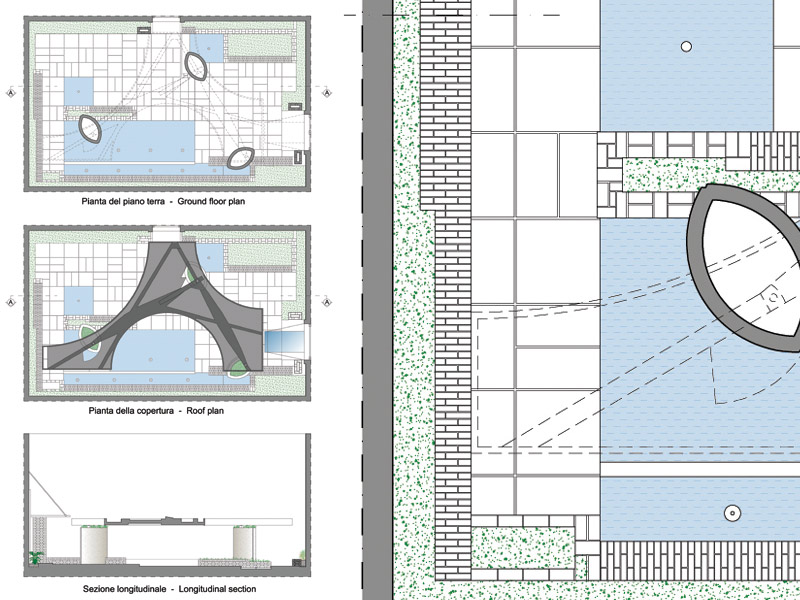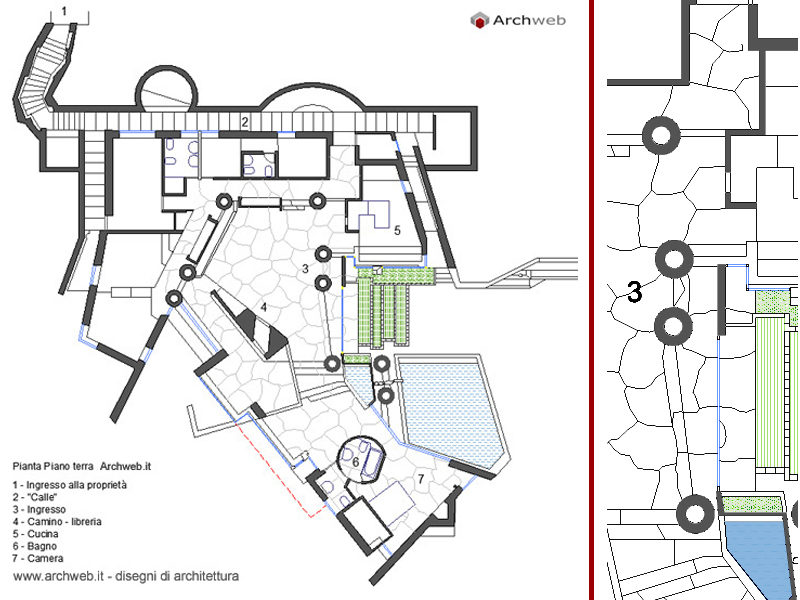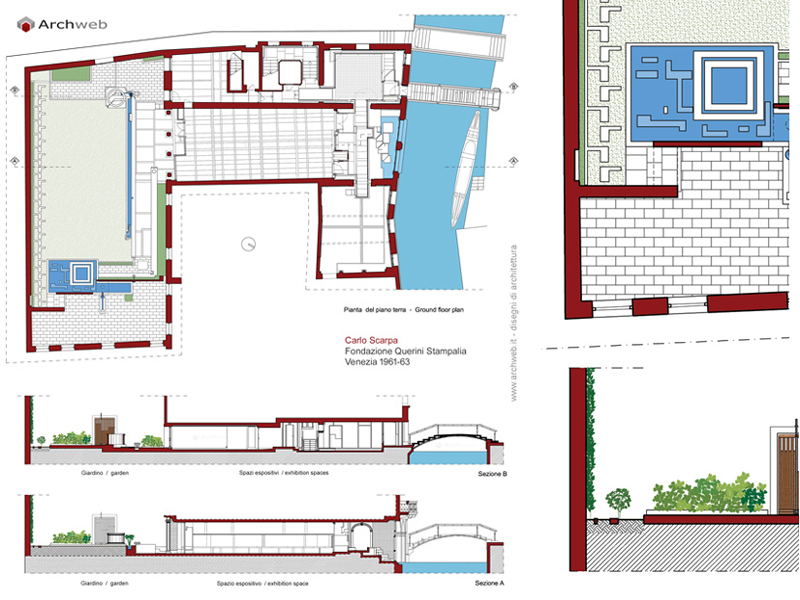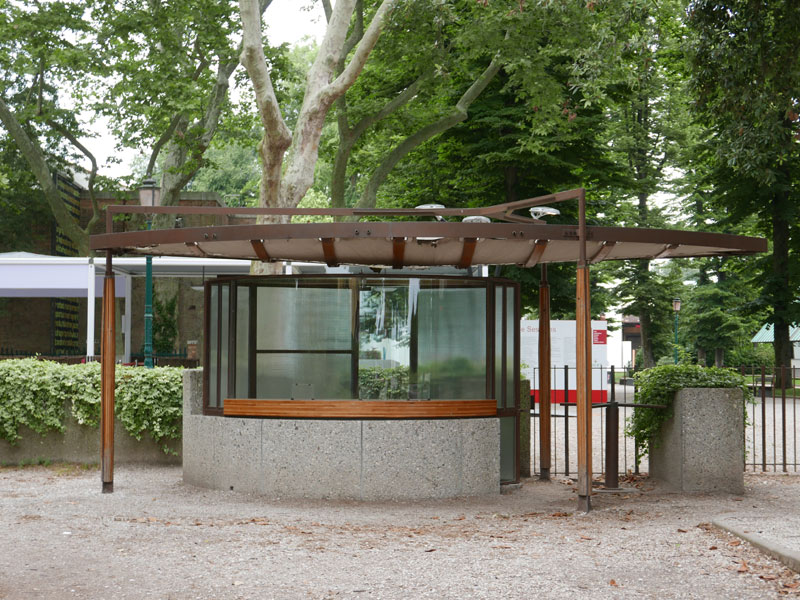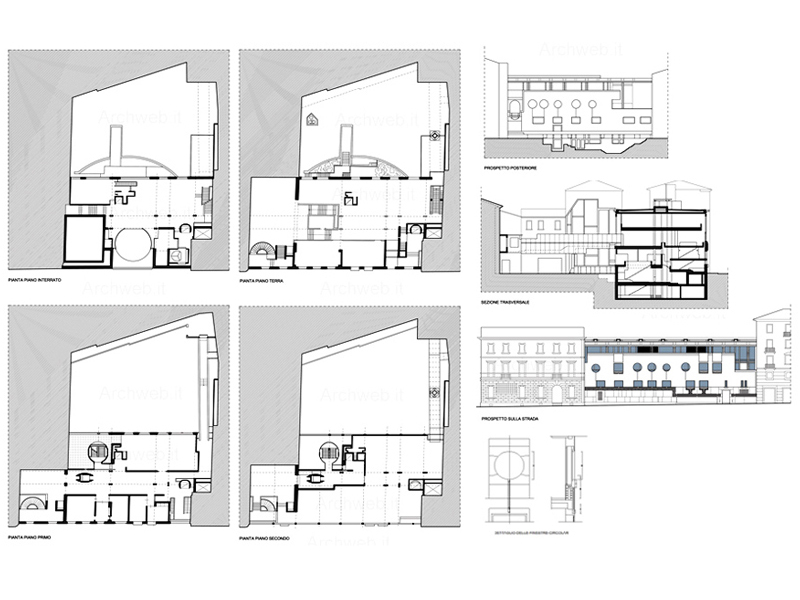- Construction technologies
- Contemporary Architectures
- Degree thesis in Architecture
- Expo Milano 2015 - All Pavilions
- Historic parks and gardens
- Historical Architectures
- Japanese Gardens
- Sports and Leisure Photographs
- Textures
- Various galleries
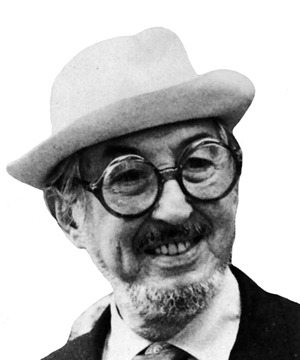
Carlo Scarpa
Architecture as a fusion between craftsmanship and design
Place of birth
Architetto Italiano (Venezia, 2 giugno 1906 – Sendai, 28 novembre 1978)
Carlo Scarpa (2 June 1906 – 28 November 1978) was an Italian architect, influenced by the materials, landscape, and the history of Venetian culture, and Japan.
Scarpa translated his interests in history, regionalism, invention, and the techniques of the artist and craftsman into ingenious glass and furniture design.
Scarpa was born in Venice. Much of his early childhood was spent in Vicenza, where his family relocated when he was 2 years old. After his mother’s death when he was 13, he moved with his father and brother back to Venice. Carlo attended the Academy of Fine Arts where he focused on architectural studies. Graduated from the Accademia in Venice, with the title of Professor of Architecture, he apprenticed with the architect Francesco Rinaldo. Scarpa married Rinaldo’s niece, Nini Lazzari (Onorina Lazzari).
However, Scarpa refused to sit the pro forma professional exam administrated by the Italian Government after World War II. As a consequence, he was not permitted to practice architecture without associating with an architect. Hence, those who worked with him, his clients, associates, craftspersons, called him “Professor”, rather than “architect”.
His architecture is deeply sensitive to the changes of time, from seasons to history, rooted in a sensuous material imagination. He was Mario Botta’s thesis adviser along with Giuseppe Mazzariol; the latter was the Director of the Fondazione Querini Stampalia when Scarpa completed his renovation and garden for that institution. Scarpa taught drawing and Interior Decoration at the “Istituto universitario di architettura di Venezia” from the late 1940s until his death. While most of his built work is located in the Veneto, he made designs of landscapes, gardens, and buildings, for other regions of Italy as well as Canada, the United States, Saudi Arabia, France and Switzerland. His name has 11 letters and this is used repeatedly in his architecture. Source: Wikipedia
Carlo Scarpa architectural language is characterized by meticulous attention to detail, a deep understanding of materials and a sensitivity to the cultural and historical context of each project. His work is often described as a fusion of traditional craftsmanship and modern design principles. Scarpa’s legacy continues to influence architects and designers, and his buildings are considered masterpieces of 20th century architecture.
Works and projects
How the download works?
To download files from Archweb.com there are 4 types of downloads, identified by 4 different colors. Discover the subscriptions
Free
for all
Free
for Archweb users
Subscription
for Premium users
Single purchase
pay 1 and download 1
































































